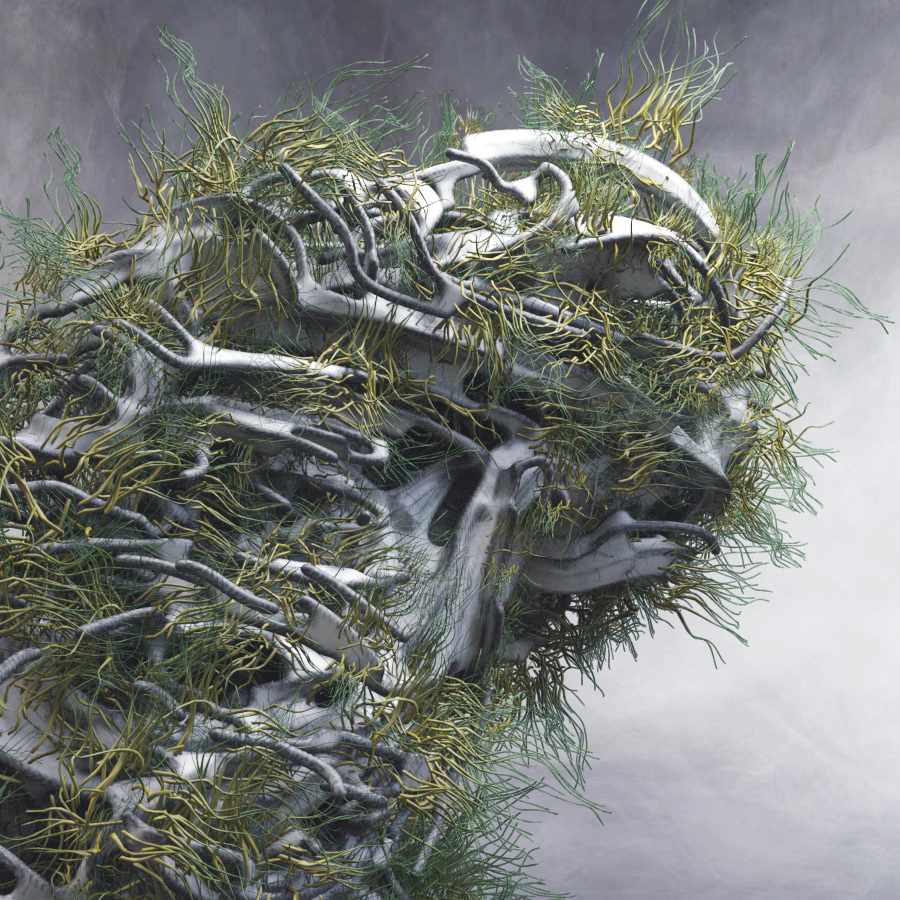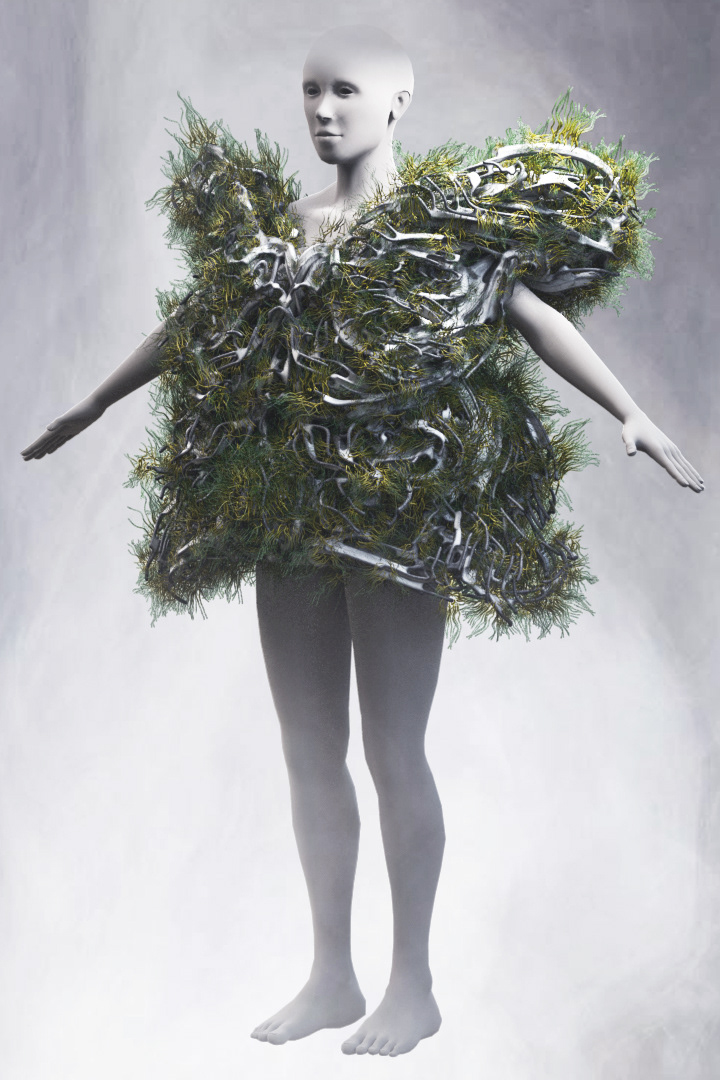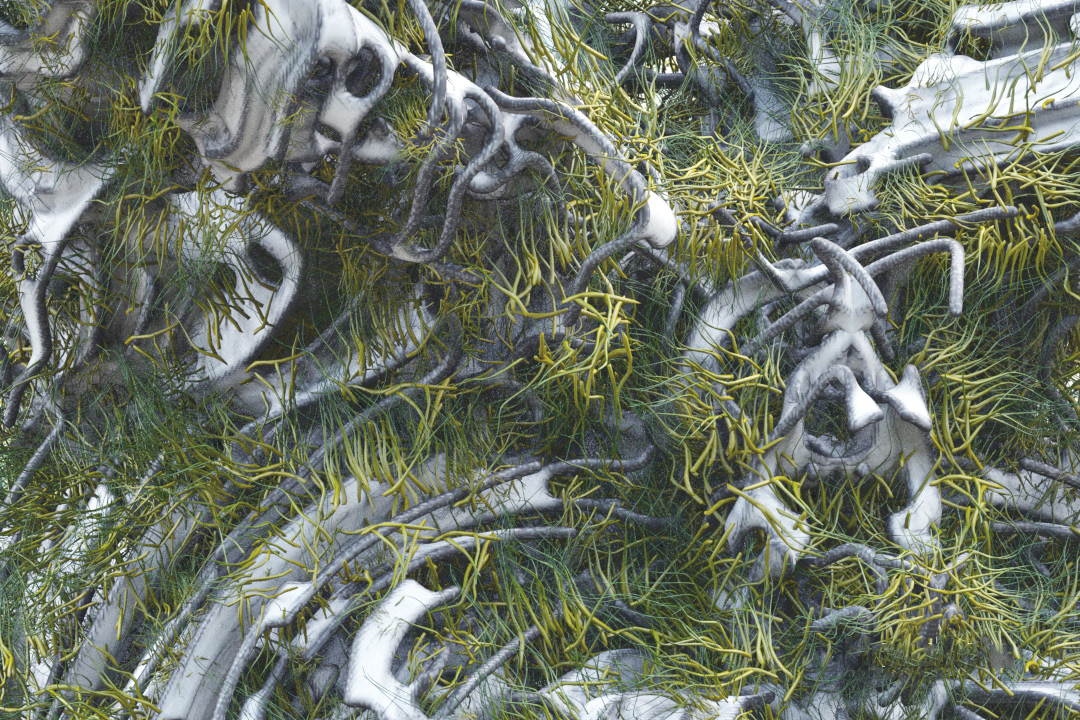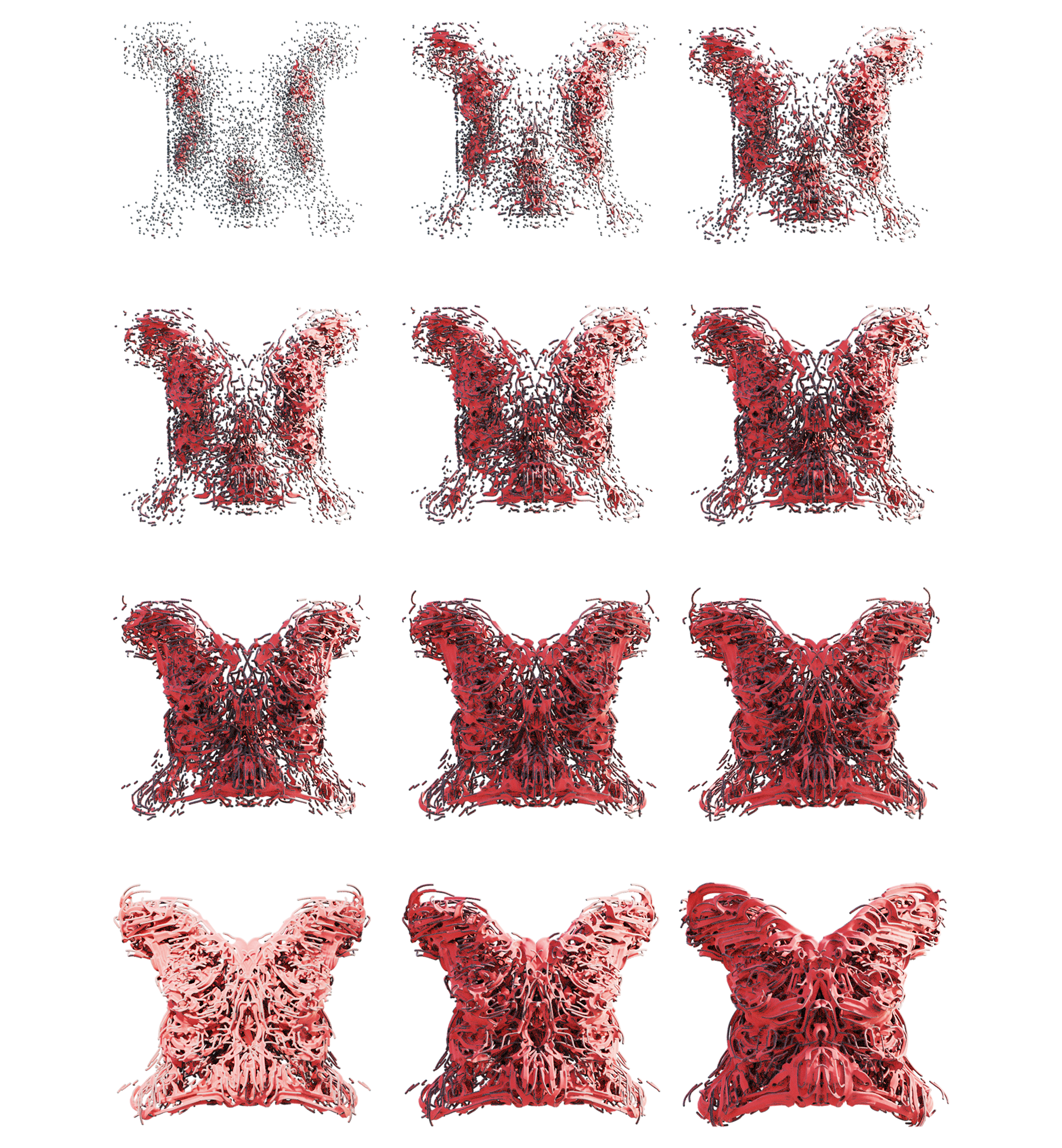"The Biophilic Body” is an urban flaneur, willing to engage with habitats. It is a plug-in to the Anthropocene era which encourages a salvation for the potentially catastrophic future of the planet. The expectation of this biophilic body will be contributing to the diversity of species either consciously or coincidently.
The Biophilic Body defines another layer between built environment and itself. This layer is a designed biophilic interface between the object (the design) and the subject (the agent). It gains a meaning by the help of subjects, which are designed interventions. In most of the proposed cases, the body becomes a pollinator, carrying seeds, pollens, bacterias or other species, similar to birds or bees, to leave a biological trace behind. In this case, the body itself will have an additional layer designed for it, in order to engage and interact with the environment. The project “Inhabitable Exoskeleton” is introducing a designed wearable for the biophilic bodies.
“Inhabited Exoskeleton” explores different possibilities of engaging and augmenting habitats in relation with a human being. This design allows various types of engagements. First of all, by selected and seeded species, the interface itself is creating a new habitat. Secondly, it collects seeds from other habitats around, and these seeds contribute the life in the exoskeleton. Thirdly, the habitation (this can be seeded on purpose or by chance) grown on the interface will spread its seeds to the surrounding. And lastly, the biophilic body will be collecting seeds and pollens with the help of its new layer and will be carrying it other environments. All these situations, either separately or in combinations or all together can be ways of engaging with biodiversity for a biophilic body. The most important aspect of the design was creating the relevant geometries suitable for growth. Surfaces are explored in terms of geometrical potentials and possibilities. Microscale details are explored computationally. The geometrical studies will be further detailed in the section of “Biophilic Geometries”.



